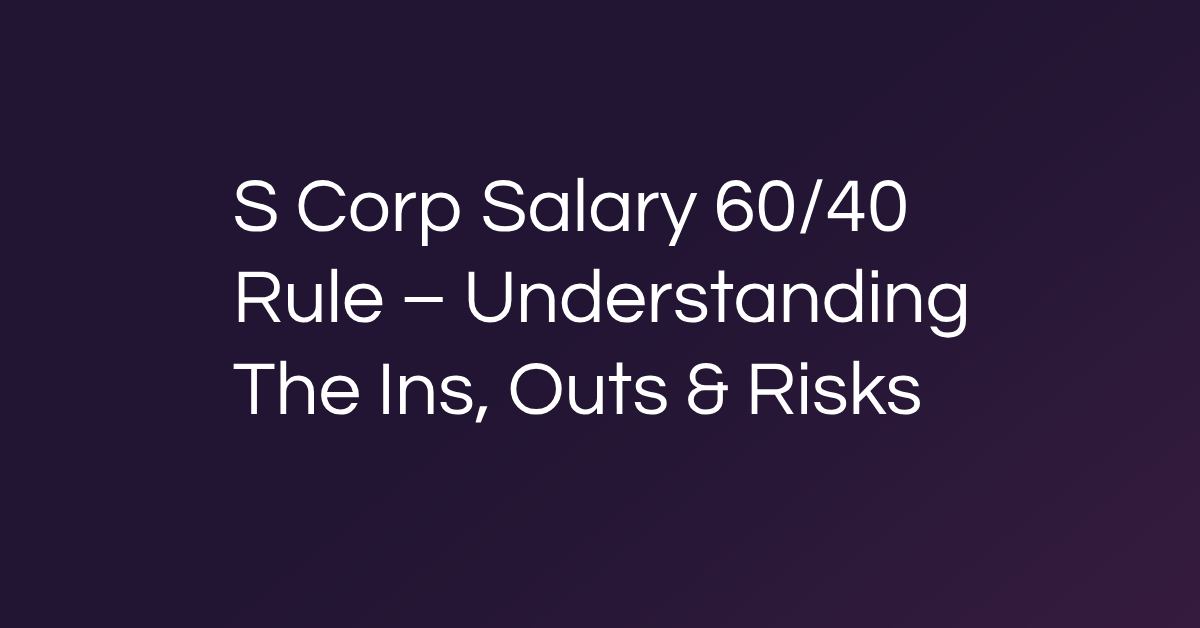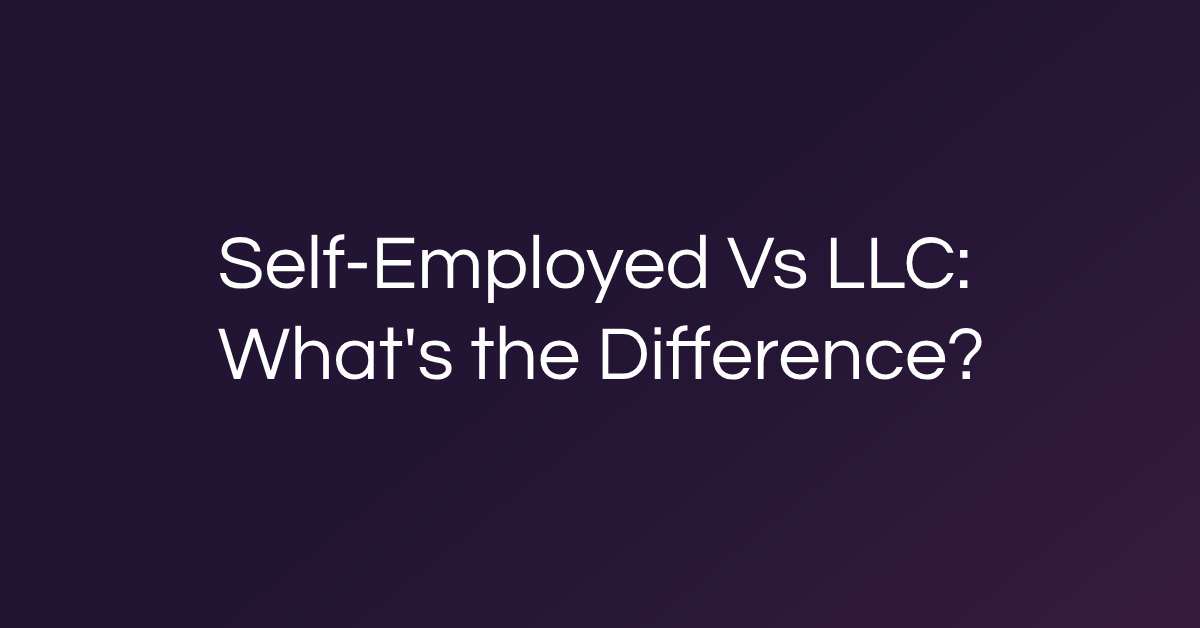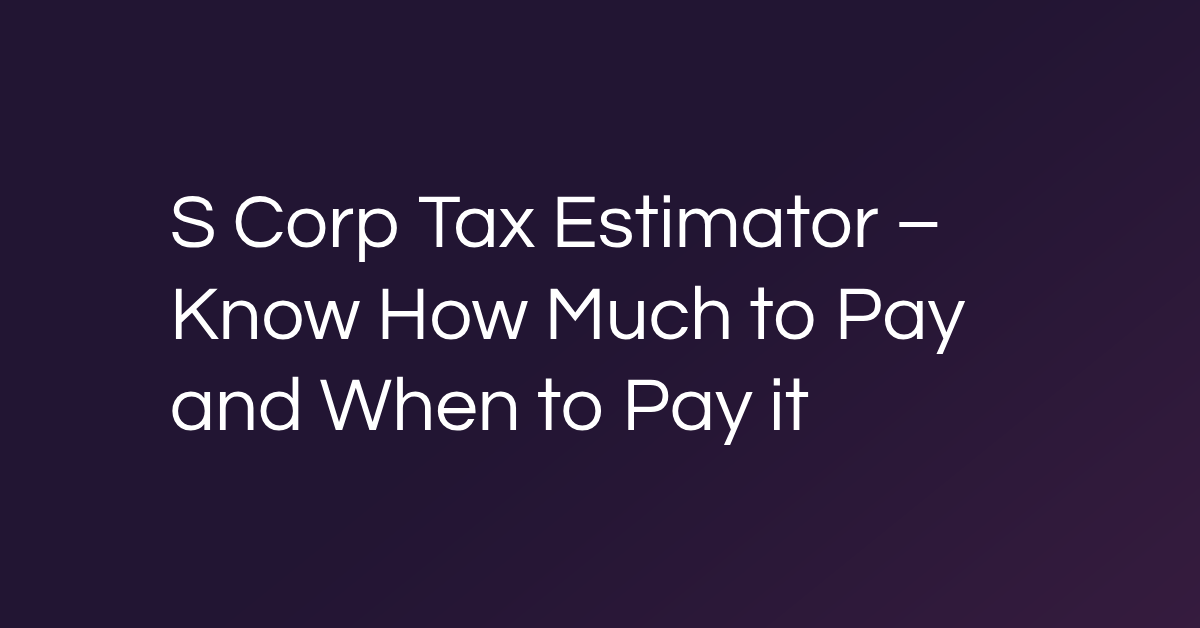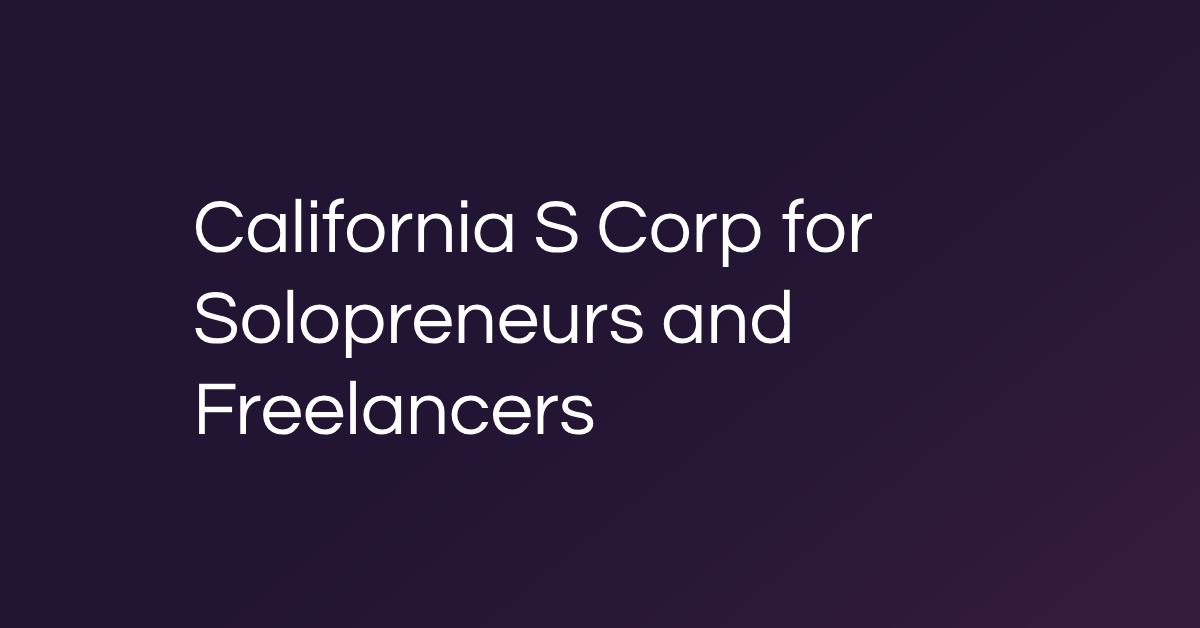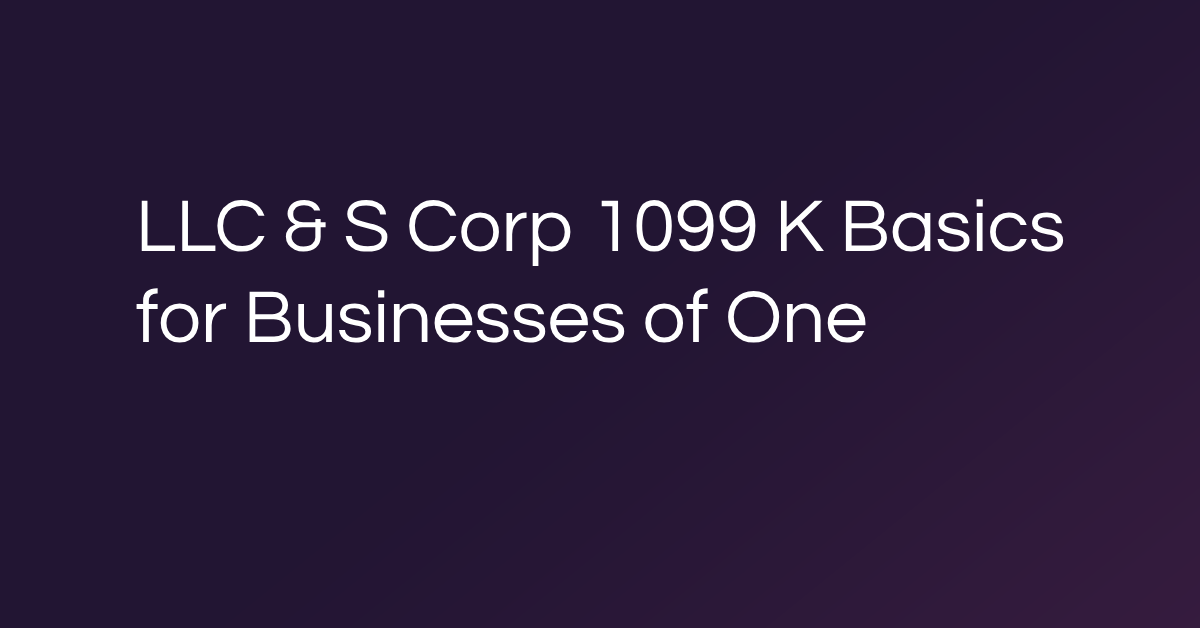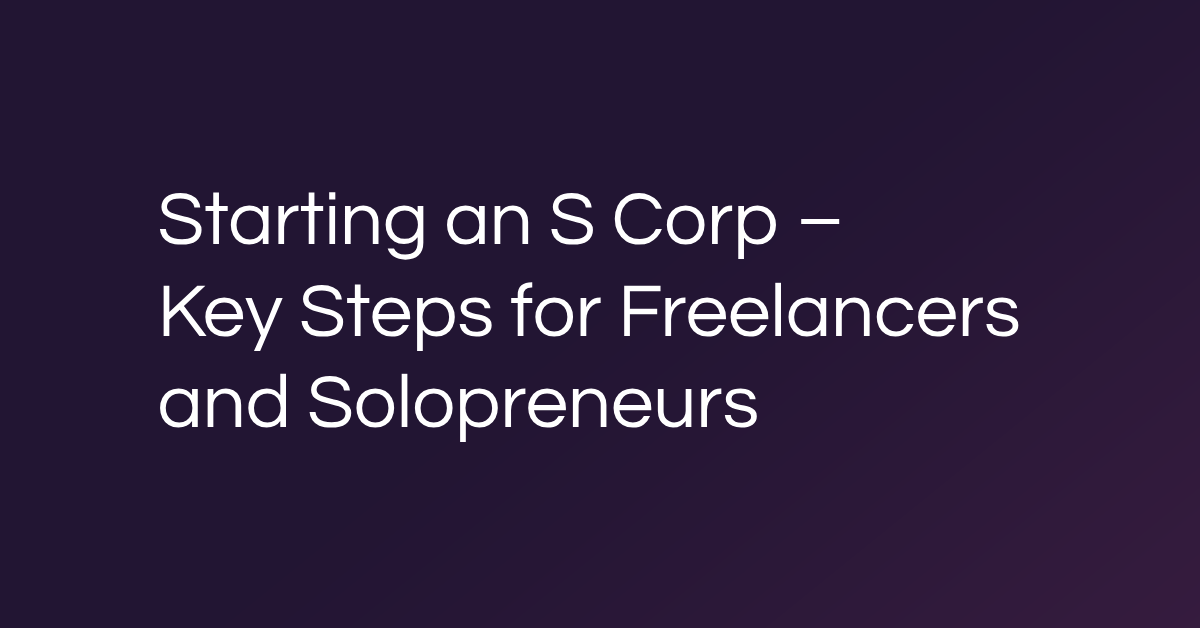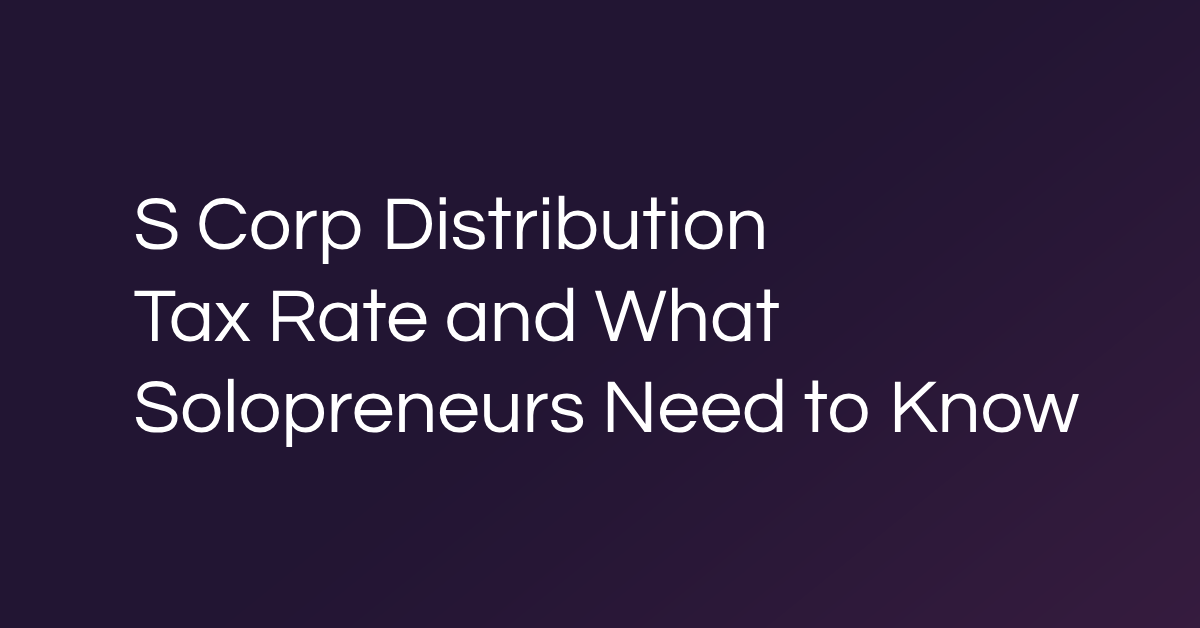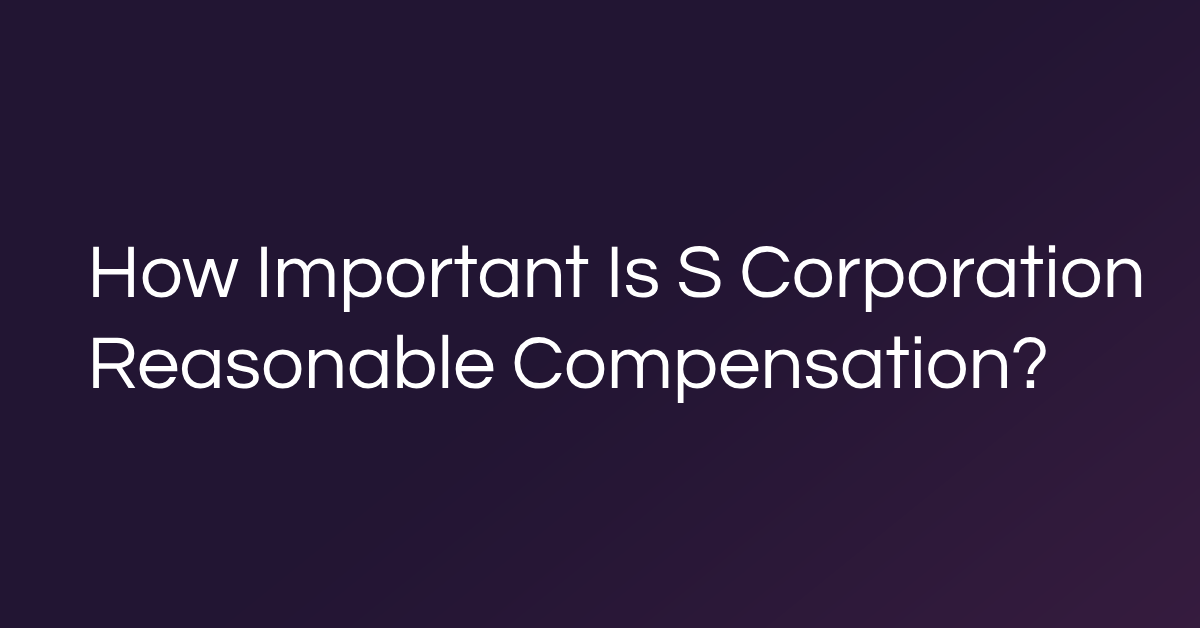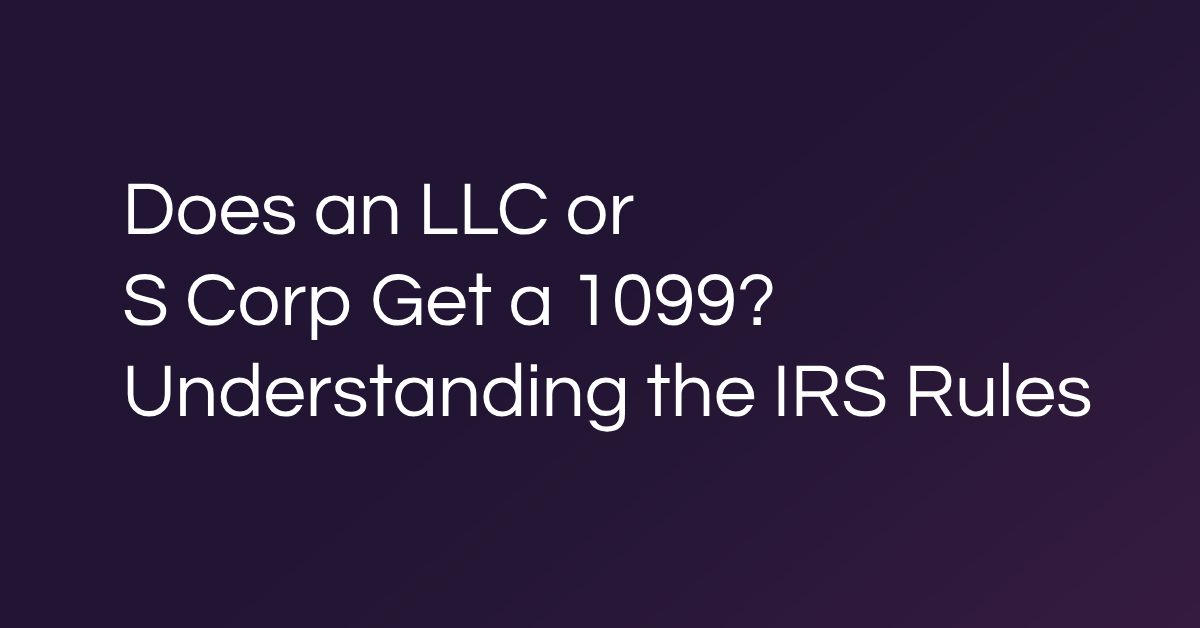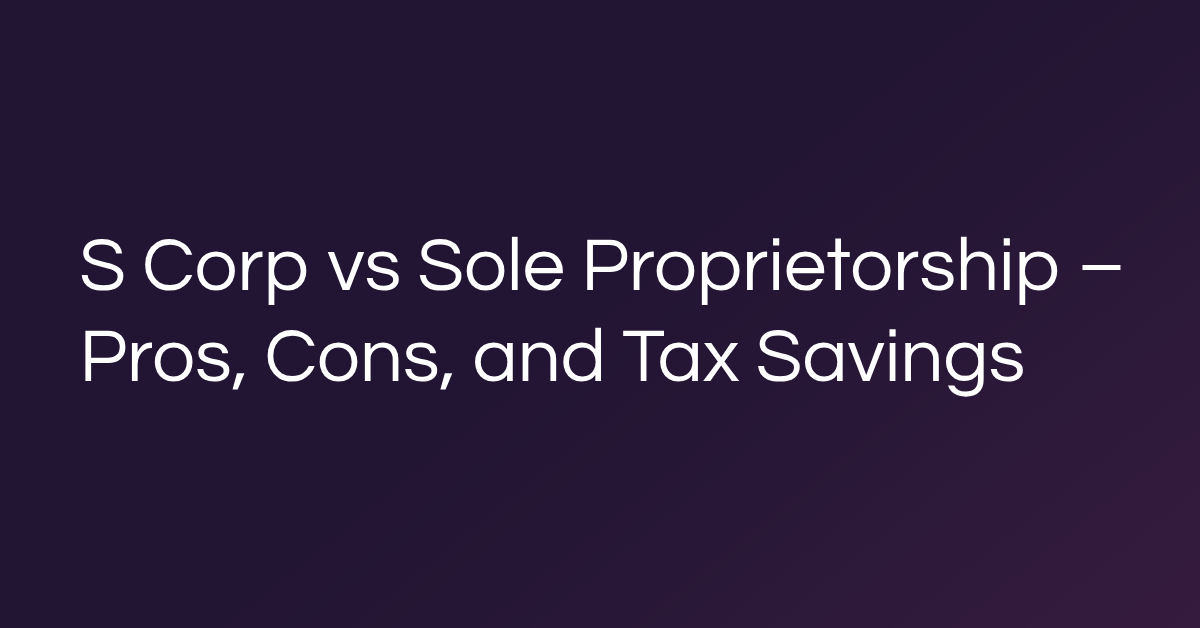Thinking of becoming your own boss? Structuring your business as an S corporation (S Corp) can open up new opportunities to increase your take-home pay and reduce tax liabilities. But when it comes to setting your salary, one common belief stands out: that you can simply split your income 60/40—60% salary, 40% distribution—and call it a day. While many business owners do land around that ratio, it’s not a one-size-fits-all rule.
What the 60/40 Split Actually Means
Many solopreneurs hear about the 60/40 salary and distribution rule and assume it’s a golden standard for S Corps. This method implies paying yourself a reasonable salary (subject to payroll taxes) and then taking the remainder as a distribution (not subject to those taxes). The idea is to reduce self-employment tax liability, especially on the distribution portion.
But here’s the truth: determining a “reasonable salary” isn’t about hitting a fixed percentage. The IRS expects you to base it on your role, responsibilities, industry norms, and the value you bring to your business. It’s strongly recommended to work with a licensed tax professional to ensure your salary is compliant and won’t raise red flags in the event of an audit.
While some S Corp owners do land near a 60/40 split, that number should be the result of a calculation—not the starting point. In practice, a reasonable salary can vary widely depending on the business type, profitability, and the role of the owner within the company.
How sole proprietors take a hit on taxes
Sole proprietors often feel the weight of taxes more than other business structures. Without the 60/40 salary and distribution split available to S corps, they’re on the hook for the full self-employment tax, which includes both the employer and employee portions of Social Security and Medicare. High income taxes inhibit the growth of small firms as it eats into earnings, limit take-home pay, and make it harder for small businesses to grow.
Sole proprietors & single member LLCs face a higher overall tax burden because of self-employment tax. Since there’s no separation between salary and business income, all net earnings up to a cap just south of $200K are subject to the full 15.3% self-employment tax (12.4% Social Security and 2.9% Medicare). That can quickly eat into profits and reduce both take-home pay and funds available for business growth.
Self-employment taxes for sole proprietors
Sole proprietors report their business income and track self-employment expenses on their tax return using Schedule C, but this comes with specific tax implications:
- Their net business income is subject to self-employment tax, including Social Security and Medicare taxes.
- The self-employment tax is calculated on net earnings, quickly eating into profits.
- This tax reduces the money available for personal use and limits reinvestment into the business.
The burden of social security tax
Social security tax is a hefty part of the self-employment tax for sole proprietors. In 2023, the Social Security tax rate is set at 12.4% and has the following stipulations:
- It applies to net earnings up to a certain limit – roughly $180K.
- Sole proprietors are responsible for paying both the employer and employee portions of the tax, which can heavily impact their bottom line.
Medicare tax cuts into sole proprietor earnings
In addition to social security tax, sole proprietors pay a 2.9% Medicare tax on all net earnings, with no income cap. This further reduces take-home pay, making saving or reinvesting in the business challenging.
Combined Social Security and Medicare tax
Here’s a breakdown of the tax burden for sole proprietors:
- Self-employment tax rate: Sole proprietors pay a 15.3% tax rate, including Social Security (12.4%) and Medicare (2.9%) taxes.
- No employer contribution: Unlike employees, sole proprietors bear the full cost of these taxes without an employer covering half of the Social Security and Medicare contributions.
- Financial disadvantage: This added tax burden impacts the earnings of new business owners, especially as they grow their businesses.
The tax savings of an S Corp, especially with the 60/40 salary split, reduce self-employment taxes and provide a financial edge. Understanding these tax implications highlights why many entrepreneurs choose an S Corp to ease financial pressures and boost earnings.
How S corps could save you money on taxes
Switching from a sole proprietorship to an S corp can transform your financial strategy. The key advantage is its potential for significant S corp tax savings, allowing you to retain more of your income. Understanding key shifts will help you decide if an S Corp is right for you.
You won’t personally own your business anymore
Switching to an S corp changes how ownership works—you’ll own shares in the corporation rather than the business itself. This structure helps separate personal and business assets, reducing exposure to liability as your company expands and takes on more risk.
Benefits of pass-through tax structure
An S corp’s pass-through tax structure avoids double taxation by passing profits and losses to shareholders. Shareholders report these on their personal tax returns, bypassing corporate income taxes.
No employment tax on S corp distributions
One advantage of an S corp is that shareholder distributions aren’t subject to employment taxes. Additional S corporation profits are distributed as dividends and are taxed only with regular income tax.
Real-life tax savings with an S corp
Jane, a graphic designer, transitioned to an S corp and implemented the 60/40 salary split, paying herself a $60,000 salary and taking $40,000 as a distribution. While her salary incurs payroll taxes, the distribution is tax-free, saving her thousands annually. This extra money can be reinvested in her business or boost her savings.
Understanding these tax advantages highlights why many entrepreneurs opt for the S corp model. It’s a strategic choice for reducing tax burdens and enhancing financial flexibility.
S corp drawbacks
While the tax perks of an S corp are enticing, it’s wise to weigh the potential downsides. Knowing these can help you decide if an S corp aligns with your business goals.
Paying less into Social Security
S corps can reduce how much you contribute to Social Security since distributions aren’t subject to payroll taxes. While this leads to lower taxes now, it may result in smaller Social Security payouts later. Weighing short-term savings against long-term retirement goals can help you make a more informed decision.
Federal unemployment insurance (FUTA) requirements
As an S corp owner, you must pay federal unemployment insurance (FUTA) for any employees, including yourself, if you take a salary. While FUTA taxes are relatively small, they do add to your overall costs—something sole proprietors don’t face. Still, contributing to unemployment insurance can be helpful if you ever need to claim benefits.
Extra payroll costs
Running an S corp involves payroll and quarterly tax filings, which may incur extra costs, especially with professional help. However, tax savings and other advantages often offset these costs. Services like Besolo can streamline these processes, making them more manageable.
While an S corp may present some challenges for solopreneurs, many find the structure offers more advantages than drawbacks—particularly when it comes to increasing take-home pay and creating a layer of personal asset protection. By weighing these factors against your business goals, you can decide whether an S Corp aligns with your long-term plans.
The pass-through deduction
A major perk of an S corp is the pass-through deduction, which allows owners to deduct up to 20% of business income on personal tax returns. This reduces taxable income and boosts savings.
How to get S corp tax status
Switching to an S corp starts with forming a corporation or LLC and filing IRS Form 2553 within two months and 15 days. You must meet IRS rules, such as having no more than 100 shareholders and one class of stock. A tax professional can be invaluable here, helping you navigate the process smoothly. The great news is with Besolo’s Solo S Corp option, we do all the heavy lifting for you (including onboarding with a certified public accountant and access to U.S.-based tax professionals!).
Making the switch to an S corp the smart way
Choosing the right business structure is key to maximizing income and minimizing taxes. When comparing sole proprietorships or LLCs vs. S Corps, running a reasonable salary with S Corp offers advantages, such as lower self-employment taxes. However, potential downsides include lower Social Security contributions and extra administrative work. If you don’t approach your reasonable salary with the help of experts and just assume the s corp “salary 60/40 rule” is the way to do it, you could potentially increase your audit risk or worse yet, be missing out on savings.
Thinking about switching? Besolo can help you set up your S corp and transition smoothly from a sole proprietorship. Join Besolo today to get support for your business of one and achieve greater profitability.

